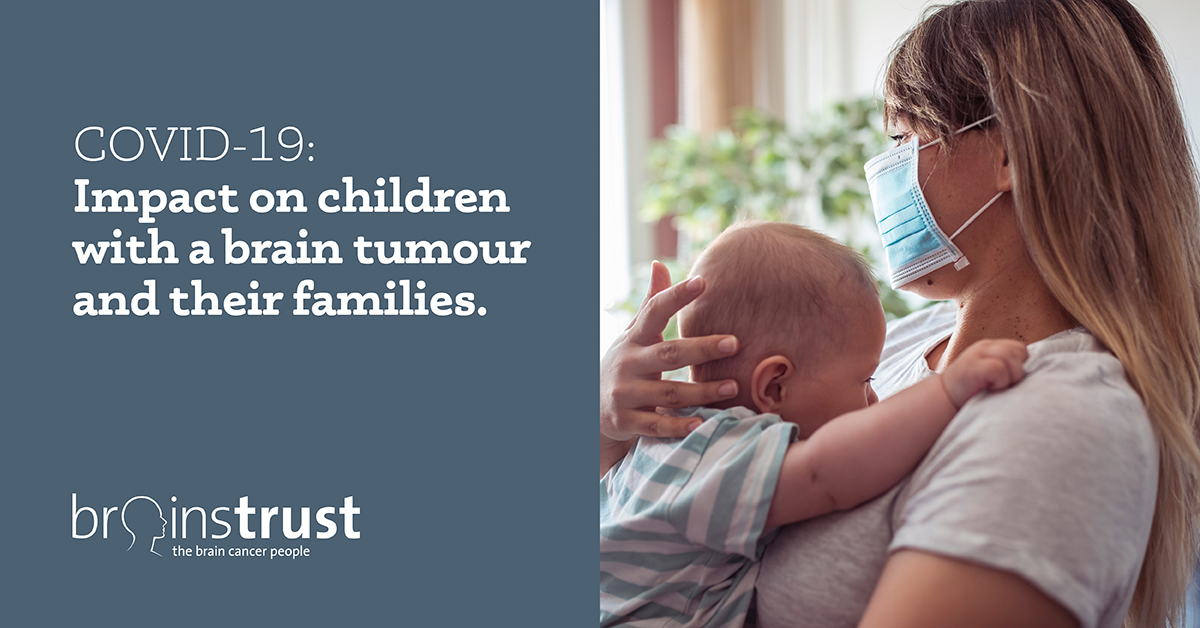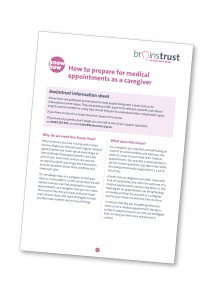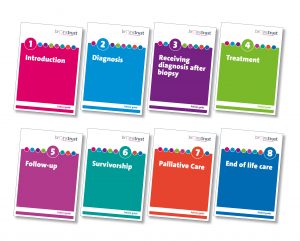
Isolation and impact on family life
Hearing difficult news alone
The biggest challenge for families is that many hospitals only allow one parent/carer to accompany a child, which means that many children and their parents feel isolated from their own family, and have to deal with devastating news, difficult decisions and gruelling treatments on their own.
“I was alone when I was told my little boy had a brain tumour. I was numb,” Nicci says. “I didn’t hear anything else from that conversation. I couldn’t wait for the doctor to leave so I could call my partner. I broke down. My partner was allowed entry to hospital and we both were shown the MRI scans. The tumour was huge. My partner Tom collapsed and was unable to talk.” – Nicci Rushton, Parent Carer
Lack of social connection
We are working with teenagers who were diagnosed last year, for many of whom the first time they met any other teens with a brain tumour was at our Meetup. Covid-19 has made it very challenging to connect and this has led to lots of our teenage community feeling incredibly isolated. Parent carers are also expressing the same challenges, being unable to meet anyone in hospital.
“Practically we have a one carer rule meaning that aside from exceptionally circumstances only one adult is allowed with the child at any time during their stay.
From a patient experience side the most challenging thing is the one carer rule, this is a real struggle for families really tricky for them to manage” – Nurse Specialist.
Knock on impact on the entire family
The impact on the wider family is also severe with headline issues including isolation from siblings and children, and partners having to live apart and care in shifts. Whilst the burden is being shared physically, it is harder for families to come together to share the emotional burden and collaborate over care.
“Siblings aren’t allowed on the ward or in the Clic Sargent house which means I can go weeks without seeing my 3 year old when I’m in hospital with her brother.” – Parent Carer
“There are no visitors allowed and parents can only swap after a 2 week stay.” – Parent Carer
Join the brainstrust community to feel better connected
Here at brainstrust we don’t underestimate the value to talking to someone who has had a similar experience. Our community overwhelmingly report that a brain tumour diagnosis is frightening, isolating and bewildering. Talking to someone who has already been through the same experience can help to reduce the isolation, help to make sense of what is happening, and reduce the fear of the unknown. Here’s how can help:
- Join our Facebook support groups
- Get in touch with us to access Peer Support
- Virtual friends for teenagers, get in touch to find out more
- Join our virtual events, this is a great platform to meet others. View our events calendar here.
- Thursday 17th February – Meetup for teenagers living with a brain tumour
- Tuesday 23rd February – Meetup for parents and caregivers affected by a childhood brain tumour
- Thursday 4th March – Helping children live well with brain tumour related fatigue
“It was lovely for Sam to finally have the chance to meet up with some other children going through the same treatments and challenges as him. He had a very lonely time during his chemo as he spent weeks in isolation on the ward and didn’t have the opportunity to meet any other children at all” – Parent of teenager with a brain tumour, who attended our last Meetup for Teens.
Impact on treatments and appointments
Treatment largely seems to be going ahead as planned, with some delays around monitoring and reporting. Unsurprisingly, this is causing anxiety for the whole family. There is broad support (though with some exceptions) for remote consultations.
“My son’s routine scan when ahead on time. Unfortunately it showed he needed more surgery. He was operated on within a week. We are at GOSH as I write. The ward is much quieter then usual.” – Parent
Many appointments are being held virtually, which some parents prefer due to less travel time and reduced risk of catching Coronavirus, however some parents prefer face to face appointments. For some, remote consultations are very challenging.
“We hate telephone conversation to be honest. ‘A’ is complex and globally delayed. He never lets me to have normal conversation. He wants to hold my phone, screams if I don’t let him etc. Asking for constant attention. His nursery doesn’t have enough staff at the moment to support him, so I literally don’t have a moment to be alone. Fortunately, my older daughter gives me a hand when she can. I usually have to hide myself in the car to be able to chat.” – Parent carer
Parents also worry that they might miss symptoms of progression in phone and video consultations. They appreciate the doctor being able to see their child in person.
brainstrust is here to support you and your family
We can help you prepare for your upcoming appointments, whether you attend alone or online. Visit the little brainstrust site here. We have trained professionals that offer rapid access to coaching and counselling for older teenagers and adults affected by a brain tumour. To learn more about our coaching and counselling services, please get in touch.

Want to feel prepared, fast? Check out our latest Know How
We recently published a Know How titled “how to prepare for medical appointments as a caregiver”.
In this Know How, we will explore how you can feel prepared for medical appointments as a caregiver, how you can make the most of the time you have with your loved one’s clinical team, and some strategies to help you feel more resilient and on top of things.
Have a read of it online here. If you have any questions or want to explore any of the ideas and themes further, please contact us.

Patient Guides
If your child has just been diagnosed with a brain tumour, our patient guides are a good starting point to gather information of what happens next and suggest questions that you could ask.
Reach each guide online or order a brain box to receive hardcopies.
For healthcare professionals
We have heard that psychological support for many families has moved virtual and this service is stretched. brainstrust offers free coaching and counselling to all adults affected by a brain tumour. We pride ourselves in the quick access to psychological support for families, and you can refer families to our service by completing this short form.
Learn more about how we can help, read of our Support Catalogue online or order copies online here.










